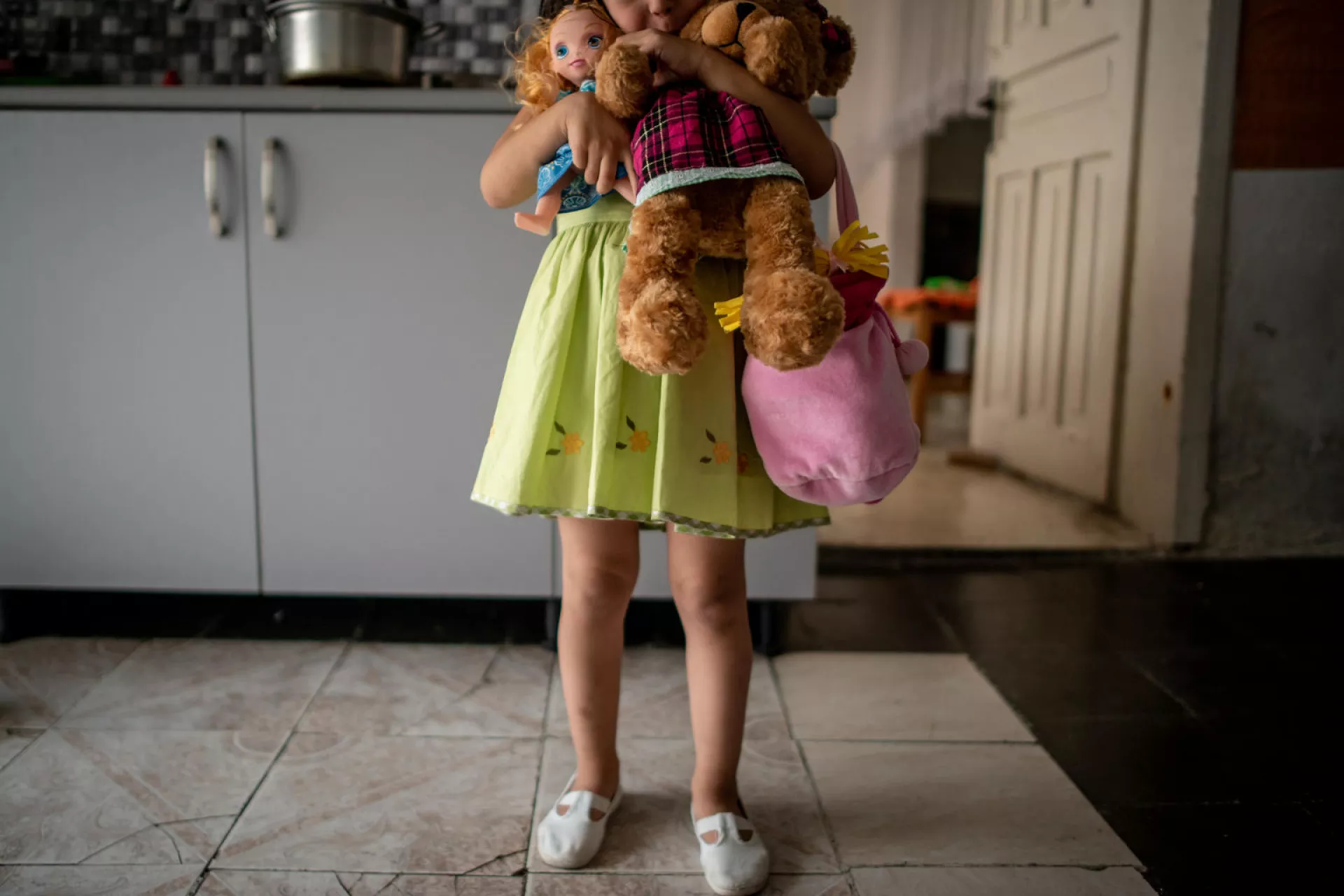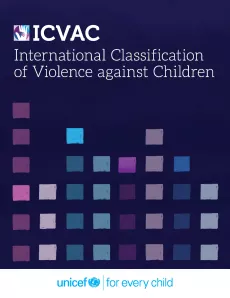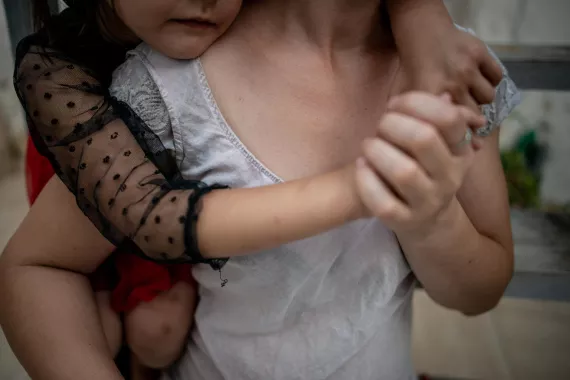International classification of violence against children
Comparable data across different countries

Highlights
With the launch of the Sustainable Development Goals in 2015, the global community made a commitment to end all forms of violence against children by 2030. Although this drew much needed attention to the importance of preventing and responding to violence against children, the availability of comparable data remains limited. The scarcity of comprehensive data concerning the issue is undoubtedly amplifying the problem at hand, as it reinforces the misconception that violence is a peripheral phenomenon. In response, UNICEF has developed the International Classification of Violence against Children (ICVAC) with inputs from over 200 experts from national statistical offices, academia, and international organizations.
ICVAC includes operational definitions of all forms of violence against children and covers interpersonal and collective violence, both in times of peace and during internal or international armed conflict. The classification will provide countries with a tool to capture and categorize incidents of violence and consequently assess the extent to which their national definitions and data collection efforts comply with internationally-agreed standards.
It will also facilitate the production of comparable data across different countries and contribute to obtaining a clearer understanding of the actual extent of violence, enabling more effective strategies and interventions to combat it. Countries will be able to collaborate more efficiently, exchange best practices, and collectively address the multifaceted challenges associated with violence on a global scale.

Files available for download
Related

Presentation of the international classification on violence against children
An event for the Europe and Central Asia TransMonEE network.
At the international level, the ICVAC aims to enhance comparability of statistics among countries. It will provide a consistent and comprehensive framework of the various forms of violence against children, irrespective of changes in legislation across countries.